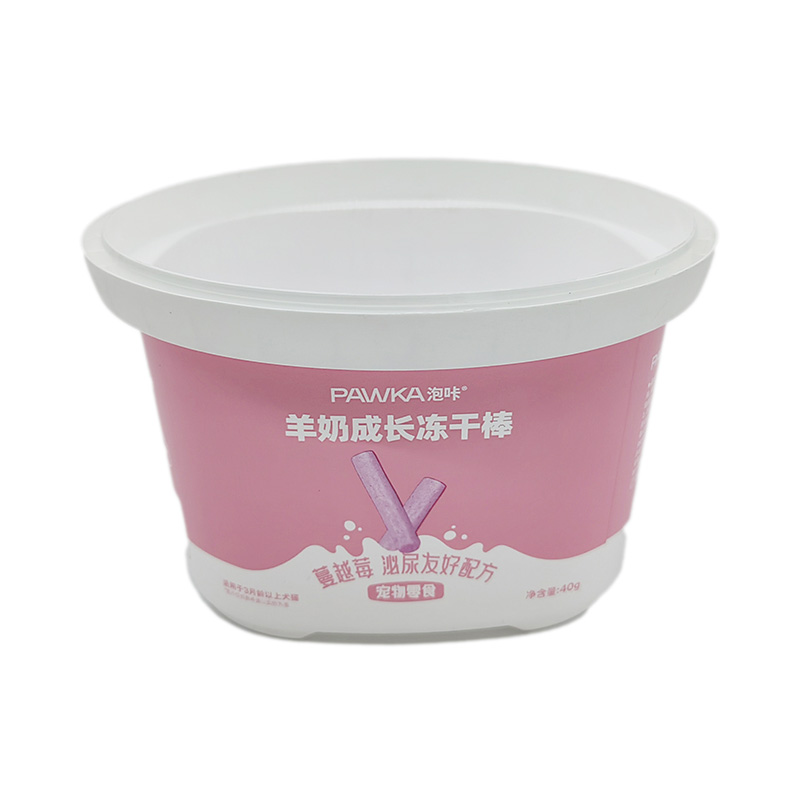How Thick are IML Labels?
2025-02-12
In-mold labeling (IML) is a labeling technique that has gained popularity in the plastic manufacturing industry due to its ability to create durable, seamless, and aesthetically pleasing products. An integral part of the IML process is the label itself, which is integrated directly into the plastic molding process. One of the key factors that determine the quality and performance of IML labels is their thickness.
Thickness Range of IML Labels
The thickness of IML labels can vary depending on the specific application and requirements of the end product. Generally, IML labels range in thickness from 50 to 400 microns. This range allows for a great deal of flexibility and customization, enabling manufacturers to select the optimal label thickness for their particular needs.
Impact of Label Thickness on IML Process
The thickness of the IML label plays a crucial role in the molding process and the final product. Here are some key considerations:
Material Compatibility: The injected plastic material must be compatible with the label material to ensure proper bonding and integration. The thickness of the label can affect this compatibility, as thicker labels may require specific adjustments to the molding process.
Durability: Thicker labels tend to be more durable and resistant to wear and tear. This can be beneficial for products that require robust labeling or that will be subjected to harsh conditions.
Aesthetics: The thickness of the label can also impact the overall aesthetics of the final product. Thinner labels may provide a more subtle and sleek appearance, while thicker labels may offer a more prominent and eye-catching presence.
Molding Efficiency: The thickness of the label can affect the molding process and the overall efficiency of production. Thicker labels may require longer cooling times or additional molding pressure to ensure proper integration.
Selecting the Optimal Label Thickness
When selecting the optimal thickness for an IML label, manufacturers should consider several factors, including:
The specific application and requirements of the end product.
The type of plastic material being used and its compatibility with the label material.
The desired durability and wear resistance of the label.
The desired aesthetics and overall appearance of the final product.
The molding process and production efficiency considerations.
 English
English Español
Español  русский
русский  Français
Français  日本語
日本語  Deutsch
Deutsch  tiếng Việt
tiếng Việt  Italiano
Italiano  Nederlands
Nederlands  简体中文
简体中文  ภาษาไทย
ภาษาไทย  Polski
Polski  한국어
한국어  Svenska
Svenska  magyar
magyar  Malay
Malay  Pilipino
Pilipino  Türkçe
Türkçe  العربية
العربية  Indonesia
Indonesia 




